Chinese Dining Etiquette: Traditions, Customs, and Cultural Insights
Dining in China is more than just a meal—it is a cultural experience rich in tradition, respect, and social interaction. Whether you are planning a visit to China, dining at an authentic Chinese restaurant, or simply curious about Chinese table manners, understanding these customs will help you navigate meals with confidence and appreciation.
The Importance of Dining Etiquette in Chinese Culture
In Chinese culture, dining etiquette is not just about eating; it reflects social structure, hierarchy, and values. Meals are a time for bonding, showing respect, and reinforcing relationships.
Respect for Hierarchy and Social Order
Chinese dining customs emphasize hierarchy. Seating arrangements, who eats first, and how food is served all depend on rank, age, or guest status. The most senior or honored guest is seated in the best position (often facing the door) and is served first. Younger or lower-ranking individuals should wait for them to start eating before they begin.
Symbolism in Gestures and Actions
Every small action at the table carries meaning. For instance, tapping two fingers on the table to thank someone for pouring tea is a centuries-old custom. Similarly, passing food to others before serving yourself is a gesture of respect and hospitality.
Essential Chinese Dining Etiquette
1. Seating Arrangements: Where You Sit Matters
- The host usually sits facing the entrance.
- The guest of honor sits to the right of the host.
- The least senior guests or family members sit near the entrance or in less prominent spots.
- It is polite to wait until the host invites you to sit.
2. Chopstick Etiquette: More Than Just Utensils
Chopsticks are the main dining tool in China, and there are several customs to follow:
✅ Place chopsticks neatly on a chopstick rest when not in use.
✅ Use public serving chopsticks or a spoon to take food from communal dishes.
❌ Never stick chopsticks upright into a bowl of rice—it resembles incense offerings at funerals.
❌ Avoid pointing chopsticks at people, as it is considered impolite.

3. Serving Food: A Sign of Generosity
- The host or younger members usually serve food to elders and guests before eating themselves.
- It is polite to offer the best pieces to others instead of taking them for yourself.
- If a dish is far from you, ask someone to pass it instead of reaching across the table.
4. Eating Manners: Showing Appreciation for the Meal
- Hold your rice bowl close to your mouth to avoid spilling food.
- Try a little of everything to show appreciation for the variety of dishes.
- Avoid wasting food—finishing what is on your plate is seen as respectful.
- When eating fish, do not flip it over—it symbolizes bad luck in some regions. Instead, remove the bones carefully.

Tea Culture: An Important Part of Chinese Dining
Tea is a key element of Chinese dining and social interactions.
- Serving Tea: The youngest or host usually serves tea, starting with the elders.
- Expressing Gratitude: When someone pours tea for you, tap two fingers lightly on the table as a silent “thank you.”
- Refilling Others’ Cups: If you notice someone’s cup is empty, offer to pour them more tea before refilling your own.
Toasting and Drinking Etiquette
In Chinese dining, toasting is common, especially at formal gatherings and celebrations.
- The host or the highest-ranking person usually initiates the first toast.
- When clinking glasses, hold your glass lower than that of someone senior to show respect.
- "Ganbei" (干杯) means "bottoms up," and in formal settings, it is expected that you finish your drink. However, in casual settings, sipping is acceptable.
Who Pays the Bill? Understanding Chinese Hospitality
Unlike Western customs, where splitting the bill is common, Chinese dining customs revolve around hospitality and generosity.
- Typically, the host or the one who invites pays the bill.
- Guests may offer to contribute, but the host will usually insist on covering the cost.
- If you wish to pay, discreetly inform the restaurant staff before the meal ends to avoid a public debate.
Dining Etiquette for Special Occasions
1. Festival Feasts: Symbolic Foods and Traditions
During Chinese festivals, food carries deep symbolic meaning:
- Dumplings (饺子) during Chinese New Year symbolize wealth and prosperity.
- Fish (鱼) represents abundance and good fortune—but it must not be fully eaten, as leaving some signifies ongoing prosperity.
- Mooncakes (月饼) during the Mid-Autumn Festival symbolize family unity and togetherness.
2. Wedding Banquets: A Celebration of Abundance
Chinese wedding feasts are elaborate, featuring multiple courses symbolizing happiness, fertility, and longevity.
- A whole fish symbolizes unity.
- Sweet lotus seeds signify a wish for many children.
- Toasting is frequent, with newlyweds making rounds to toast each table.
3. Business Dinners: Strengthening Relationships
- Business meals in China are about building relationships rather than just discussing deals.
- Seating follows strict hierarchical rules, with the highest-ranking guest seated in the best spot.
- Expect multiple toasts—declining a drink may be considered impolite, but you can sip lightly instead of drinking it all.

Chinese vs. Western Dining Etiquette: Key Differences
| Aspect | Chinese Dining | Western Dining |
|---|---|---|
| Table Setting | Round tables, shared dishes, chopsticks, tea | Individual plates, multiple cutlery, wine glasses |
| Serving Style | Communal eating, dishes shared | Individual portions, plated meals |
| Seating Arrangement | Hierarchical (elders/guests first) | More casual |
| Paying the Bill | Host usually pays | Splitting the bill is common |
Common Mistakes to Avoid in Chinese Dining
🚫 Taking food first – Always serve others (especially elders) before yourself.
🚫 Leaving chopsticks upright in rice – This is a funerary symbol.
🚫 Reaching across the table – Instead, ask someone to pass the dish.
🚫 Wasting food – Taking more than you can finish is seen as disrespectful.
🚫 Ignoring tea-pouring customs – Remember to pour tea for others before yourself.
Conclusion: Embracing Chinese Dining Culture
Understanding and practicing Chinese dining etiquette not only enhances your dining experience but also shows respect for Chinese culture. Whether you’re at a family gathering, a business dinner, or a festival feast, these customs help you navigate meals with confidence and appreciation.
So, the next time you sit down for a Chinese meal, remember—it’s not just about the food; it’s about the connections, traditions, and cultural values shared at the table. Enjoy your meal! (慢慢吃, màn màn chī!)

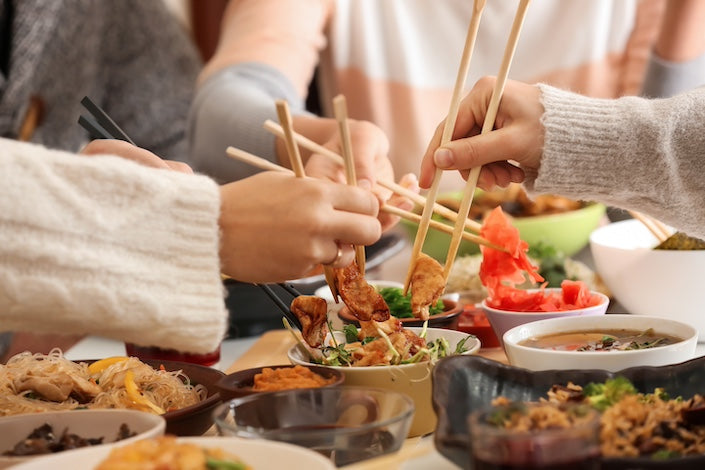
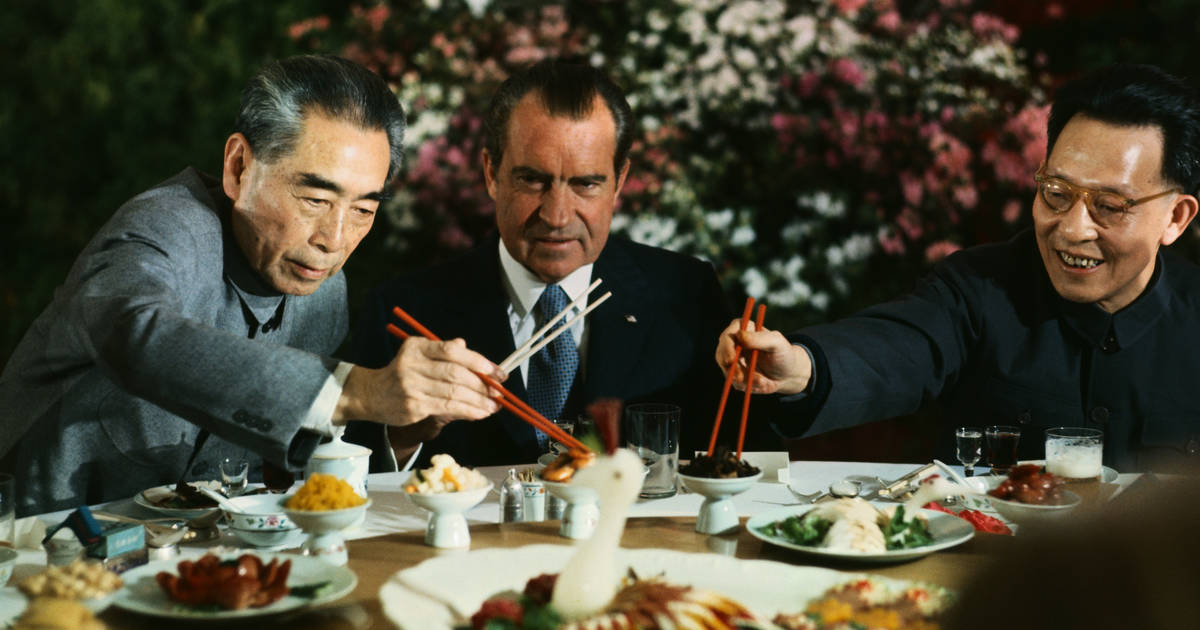
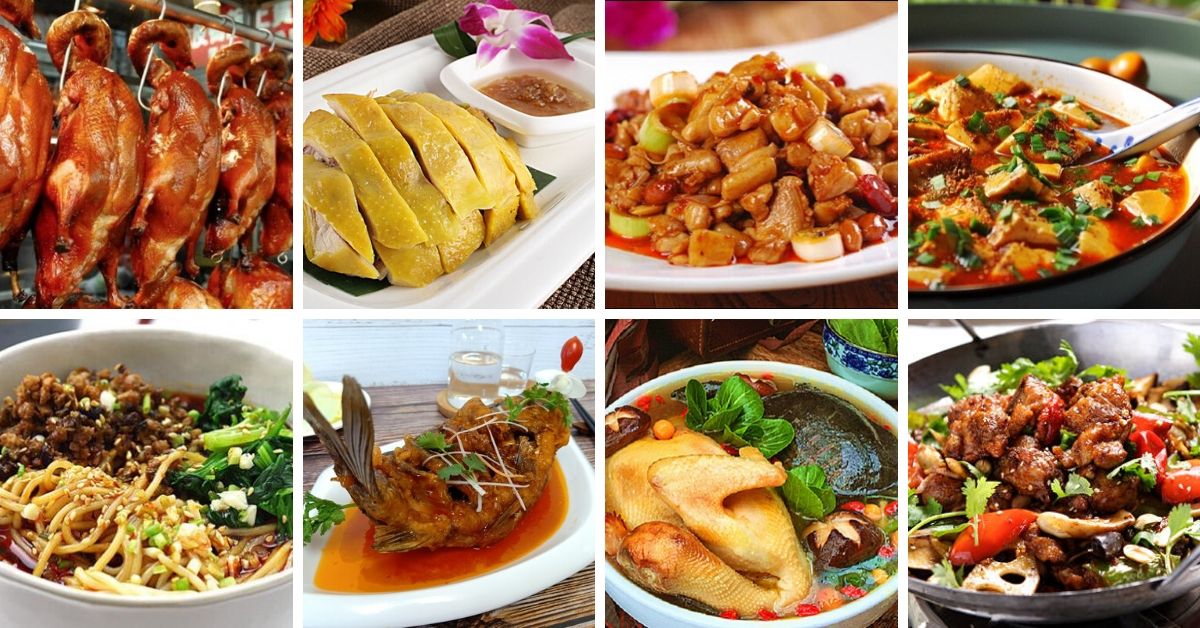
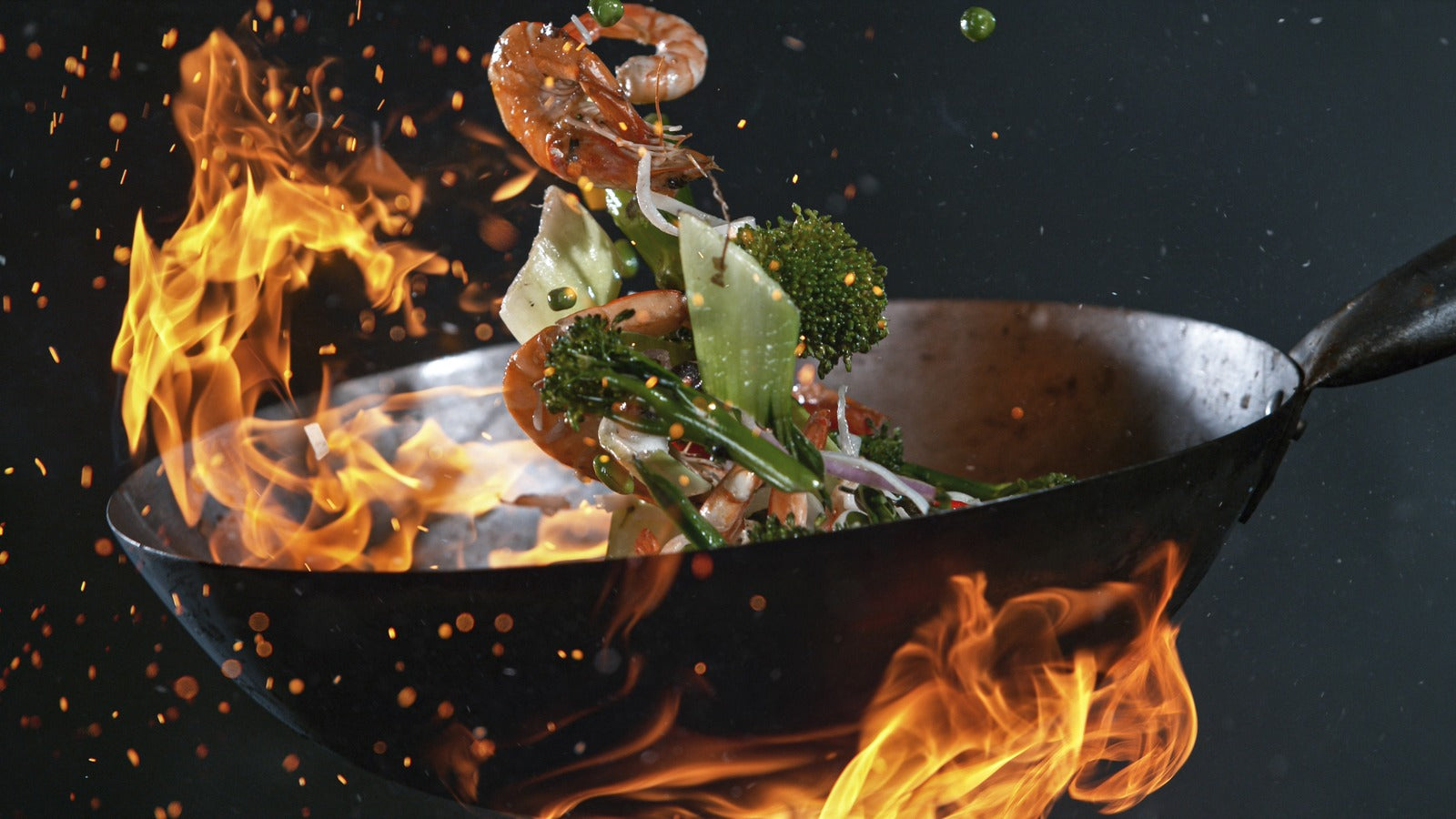
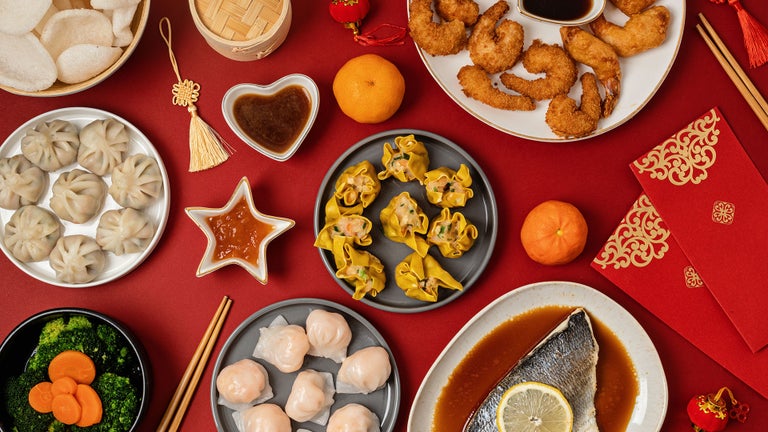
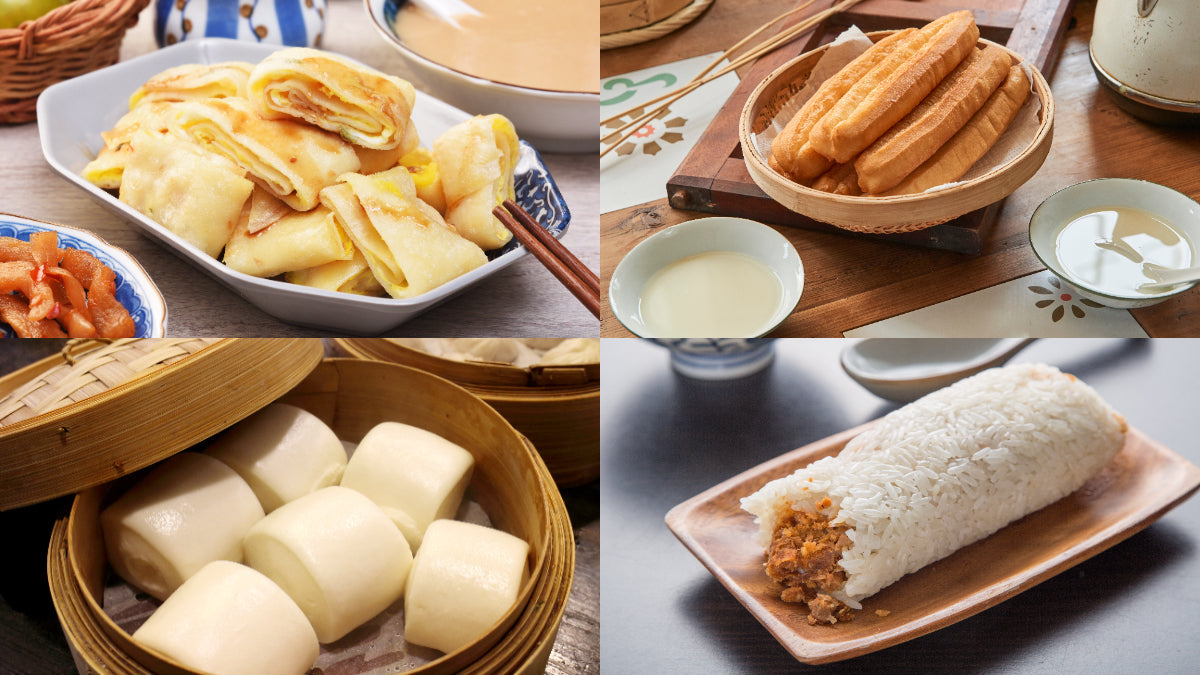
Share:
The Timeless Art of Chinese Calligraphy: History, Styles, and Cultural Significance
50+ Ways to Say "Happy New Year" in Mandarin Chinese